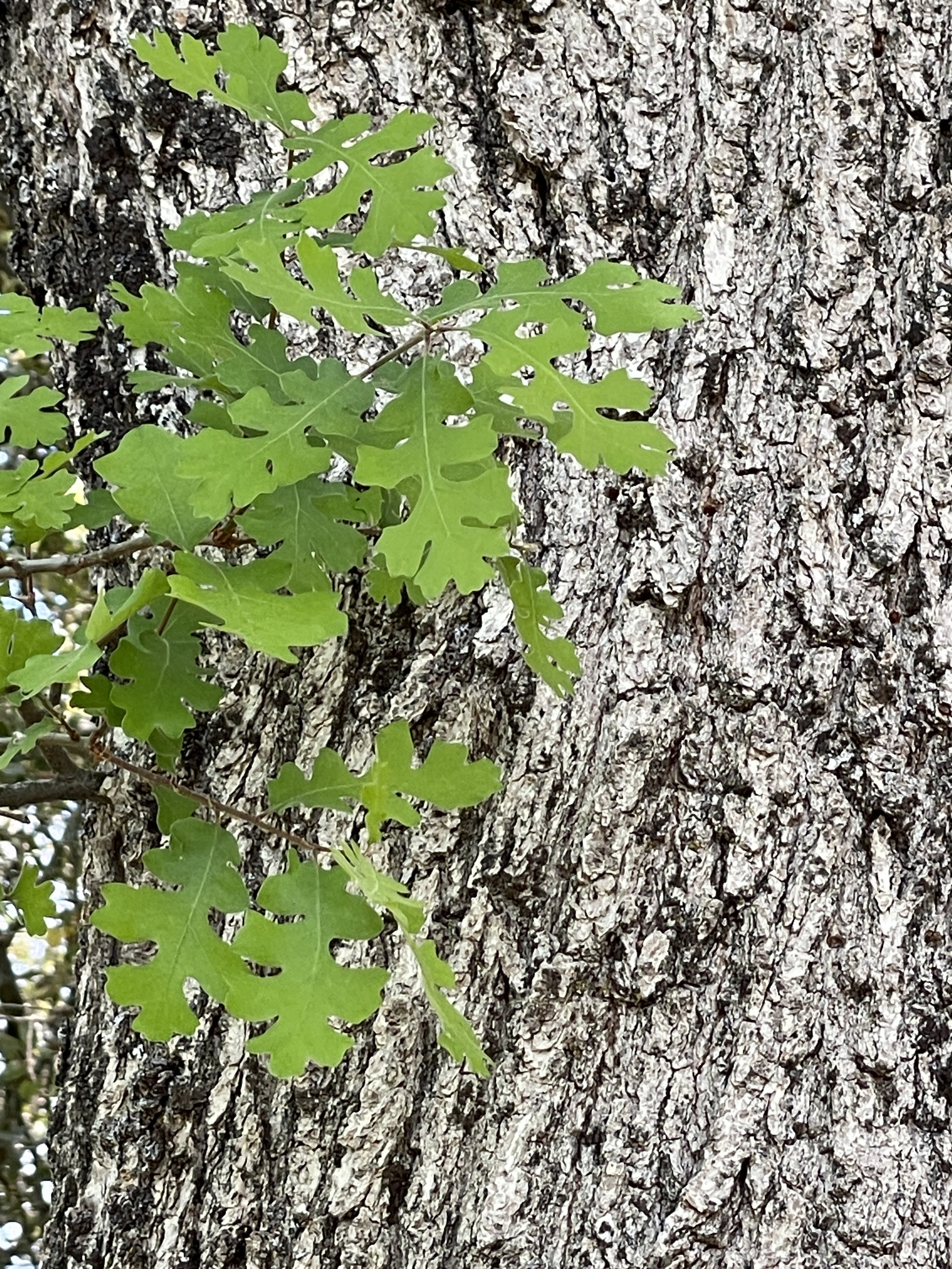
Valley Oak
Quercus lobata
sodobi
Valley oak is the largest and tallest of all North American Oaks. Unique to California’s Central Valley and Sierra foothills, it prefers rich, deep soil associated with stream and river floodplains. Early settlers discovered that Valley oaks were indicators of prime soils, ideal for farmland. Today, major cities in the Central Valley (Visalia, Stockton, Sacramento and Chico are established where large Valley oak groves once existed. Only a small percentage of the trees that formerly covered the valley remains and most of the present grows lack saplings and seedlings. An unanticipated factor contributing to the demise of the oaks has been the construction of dams on major rivers draining into the central valley. These prevent massive winter and spring floods, formerly responsible for delivering nutrient-rich silt to the Valley oak forest. The current decline of the valley oak is due mainly to changes in land management use.
Description:
Size: large tree from 40-100 feet
Bark: light gray to brown, thick, and deeply furrowed
Leaves: dark green above, paler beneath, small, only 2-4 inches, and 1-3 inches wide, with 7 to 11 deep lobes which extend more than halfway to the leaf center
Fruit: acorn, 1.25-2.25 inches
Other: twigs are hairless
“The Valley Oak is very similar to the Oregon White Oak, Quercus garryana. The Oregon White Oak differs in that it is a medium tree usually under 60 feet, has larger, dark green, shiny, leathery leaves, the acorns are smaller and the hairy twigs do not weep. Valley Oaks, cry like babies!
The trees on the left are some of the very few remaining around Bass Lake.”


